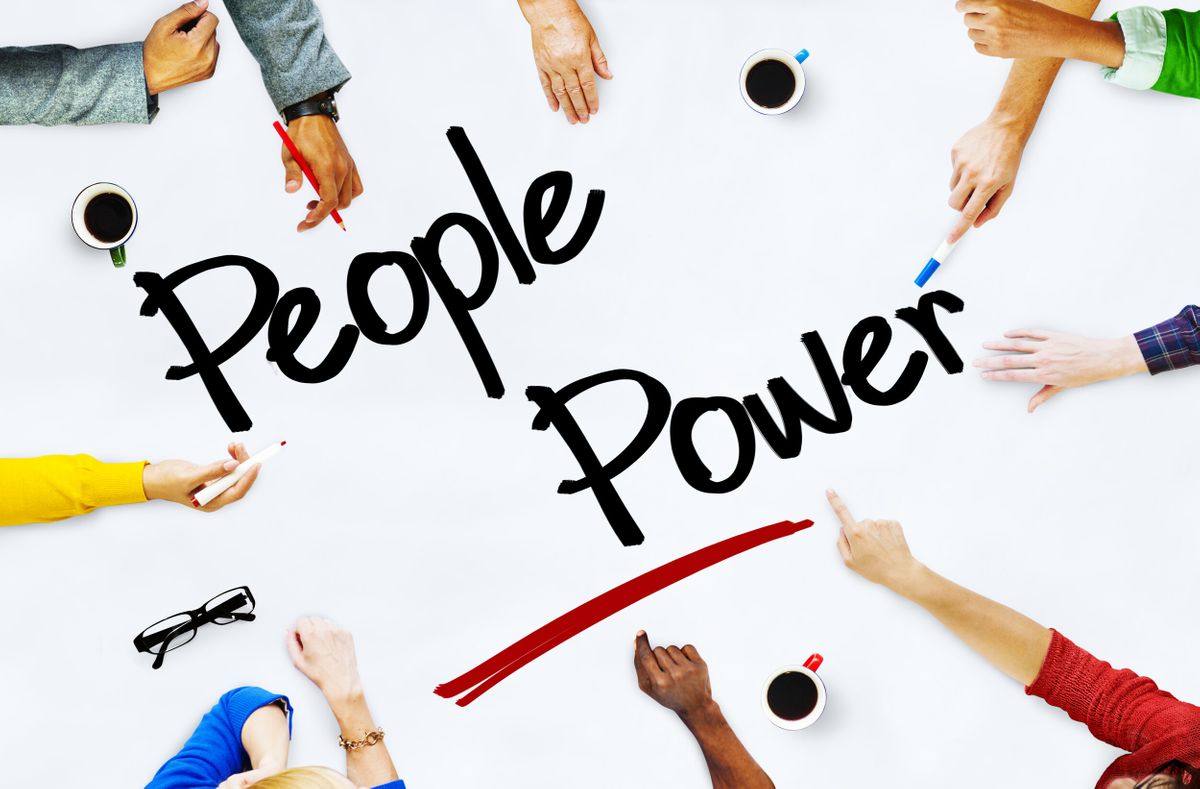Within any organization, it can be argued that people are the most powerful resource. Behavior change is the most cost effective and powerful energy conservation tool any organization has, and yet, many fail to recognize and leverage this resource. The more people in the know, the less people who don’t know. That’s my motto! Hence, when I start working with a client, my goal is to get as many people up-to-date and trained on energy saving strategies as possible. I am willing to talk to anyone who is willing to listen! The more people who are aware of an organization’s efforts to save energy, the more likely that organization is to save. In today’s myth, we will further discuss the impact of people and their behavior change to save energy.
You Don’t Know What You Don’t Know
Facilities staff are excellent at maintaining their facilities, yet they may not have all of the knowledge needed to optimize energy savings. Additionally, they have a lot of responsibilities, and saving energy may not be something they have time to do. Thus, our focus is on engaging everyone in the organization as a team to be aware and take ownership of energy conservation efforts. Here are three case studies that show how this can be done.
Case Study – Public K-12 School District
As an expert in K-12 sustainability curriculum, my favorite days are those spent with the kiddos. Considering they make up the largest percentage of people within a school district, it is imperative that they are a part of any energy-saving program. One way Fusebox helps schools save energy is by organizing Green Teams at all of the schools within the district. A Green Team is comprised of usually 1-2 teacher/adult leaders along with a group of students. It is the Green Team’s responsibility to help their school save energy and water resources and communicate these opportunities with their peers.
At the beginning of the school year, each Green Team sets an energy goal comprised of a specific percentage savings goal (usually between 2-10%) they want their school to achieve by the end of the year. The Green Teams then outline 5 energy actions they can accomplish that will help them achieve their goal. As they complete these actions, they have to document it by uploading a picture within Fusebox, which I then approve. Between FY17 and FY19, a period of time when there were no major equipment updates, three districts that engaged Green Teams saved about $63,000 in electricity costs. The Green Teams played a major role in these savings.
Case Study – Charter School Organization
In working with a charter school organization, I had the opportunity to share energy data and savings strategies with the entire facilities staff, both managers and custodians. This is an organization without an energy management system (EMS), and the custodians are responsible for the multitude of thermostats throughout the buildings. They were taught how to properly schedule the thermostats to avoid on-peak times, the optimum set points, and how to ensure the thermostats are set to an unoccupied temperature when the buildings are vacant. With their efforts, the client was able to reduce usage and demand, and prior to having to shut down because of COVID-19 had saved $53,000 in FY20 compared to FY19.
Case Study – Senior Living
It is important to inform everyone of energy-saving strategies, from the highest-level administrators all the way to the individual building users. It is impossible to help your staff save if you are unaware of how to do it, as well. Senior living facilities can be a bit more challenging when trying to save energy through behavior change. The facilities are generally occupied 24/7 and thus, have less of the opportunity to set an unoccupied schedule and set point.
However, consistently occupied facilities still have opportunities to save. In one case, we helped train a CFO and facility direction on the importance of reducing usage during on-peak times and informed them that getting unoccupied rooms into the unoccupied setpoint could save significantly. Theater spaces, dining rooms, kitchens, exercise areas, offices all can be put into unoccupied mode overnight. Laundry facilities can shift work times to align with off peak hours. No one purposely uses more energy, but if they are not made aware, then they will never know.
There is no role within an organization that is too small to help save energy. People play a major role in energy savings. Knowledge is power! Or in this case, knowledge saves power!

